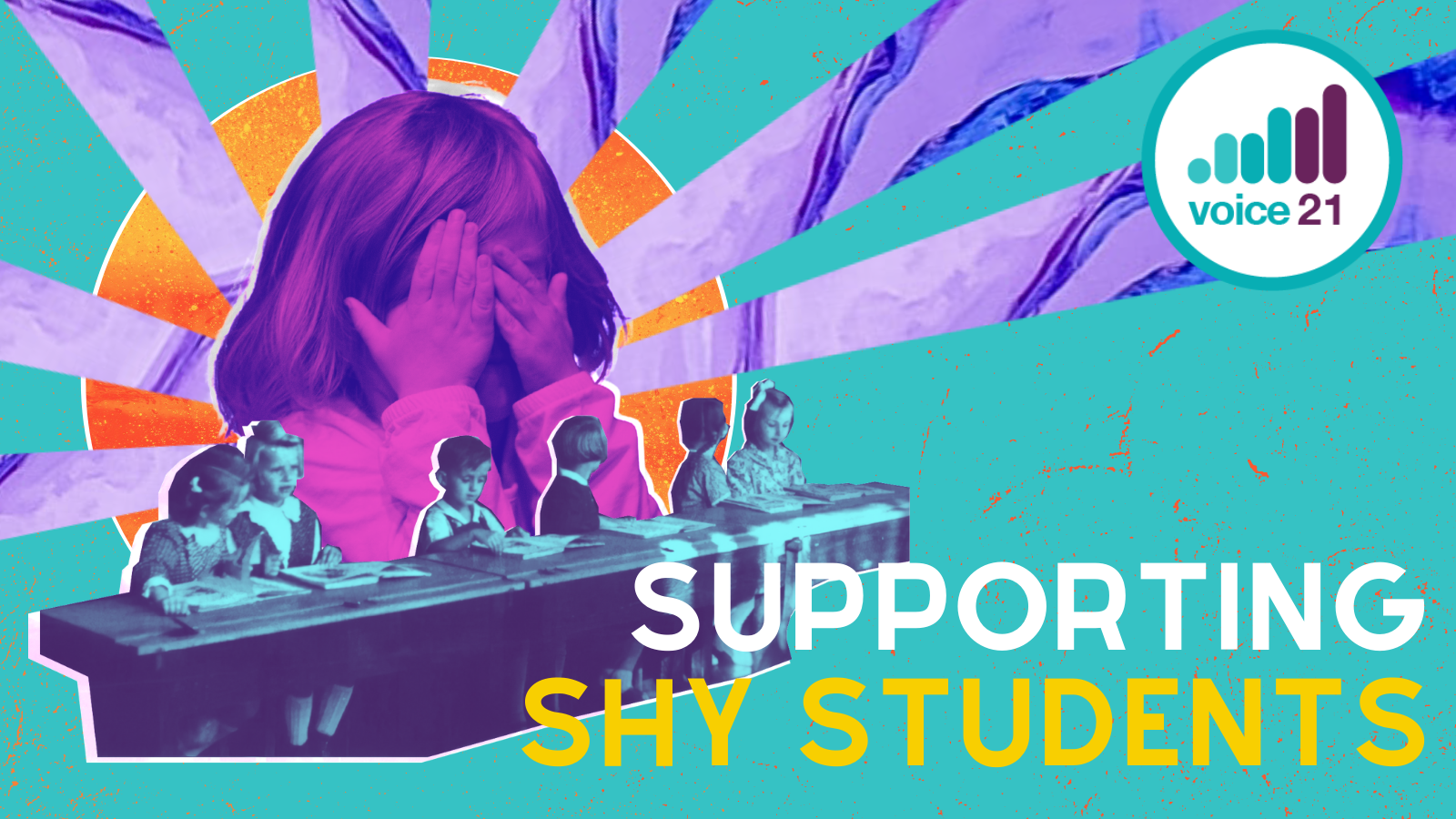
The Oracy Imperative conference held on 24th March brought together nearly 200 teachers, policymakers and oracy experts together to highlight the importance of oracy in efforts to build back after the pandemic.
In this blog, Oracy Consultant and former secondary school teacher, Hannah Greason shares her reflections from her panel on supporting quiet students to find their voice.
“I had the privilege of chairing a panel discussion on talk for all, exploring ways in which we can support our quietest students to find their voice in an oracy-rich classroom. I was joined by Dr Fiona Maine, Associate Professor of Literacy Education at Cambridge University; Holly Dyson, Year 5 teacher and School Lead for Oracy at Boothroyd Primary Academy and Zuwena Reid-Bailey, Head of Drama and School Lead for Oracy at Orchard School Bristol. Between all three speakers was a wealth of experience across both primary and secondary school settings, as well as Fiona’s insight from her work with DIALLS – a cultural literacy learning programme that teaches children to be tolerant, empathetic and inclusive through talking together. I went into the session armed with a list of questions I was itching to ask, based largely on an initial concern I hear from a lot of the schools I work with: how can we ensure a focus on oracy doesn’t amplify the loudest voices at the expense of our quietest students’ learning?
As with most areas in education, there is rarely a one size fits all approach and we need to know why students may be displaying as quiet if we are to identify how best to support them. My first question therefore was around who (or what) we mean by ‘quiet’ students. Quiet students are present in all educational settings, regardless of year group; if anything, a child’s reluctance to speak can amplify as they enter adolescence and have an increased fear of judgement from their peers.
It soon became clear how encompassing the term ‘quiet’ is, and the panellist speakers could have talked for the whole session on this point alone! Some children are shy because they feel overshadowed by confident siblings, others are quieter because of cultural traditions; some children may be anxious following a traumatic life event and others have physical impairments that affect their volume. Some children are protective over their answers and feel reluctant to share their ideas, whilst some are only quiet in subjects they struggle with, or if there has been a breaktime incident earlier in the day. At Holly’s school, which has a high EAL intake, students often need extra time to process speech before joining in – without this, they can display as quiet. And this list is not exhaustive. Regardless of the why, Zuwena said staff at Orchard School Bristol avoid labelling students as quiet and instead view them as individuals who, for one reason or another, haven’t yet found the belief in what they say to be valuable. It is therefore the teacher’s responsibility to create a classroom culture in which all children feel, and want to be, heard.
When it comes to setting up for classroom dialogue, Fiona highlighted the importance of being clear about our expectations. What do we actually mean by ‘whole class discussion’? And is it even possible, or beneficial, to expect 30 students and the teacher to engage in one dialogue? Instead, we need to think carefully about groupings and who we put students together with to maximise the quality of discussions, before giving groups the opportunity to summarise to the whole class. For example, pairing together a less able child with a more able peer within a larger group can support quiet students who are hesitant to speak for fear of getting it wrong.
The panel were conscious not to view the ‘quiet student’ as a deficit in an oracy-rich environment. Often less vocal students choose not to compete with their more dominant peers, but role model excellent listening skills that ought to be recognised and praised. By introducing discussion roles and talk tactics, we can teach dominant speakers to work on their active listening skills. For example, giving a louder, more dominant student the role of silent summarise means they must listen carefully to the group discussion before sharing back, opening space for quieter voices to be heard.
Regardless of a student’s starting point, all speakers agreed that we can and should set high expectations for our shy and quiet students. Talk does not have to trigger anxiety or distress, so long as we work to set up for it effectively – modelling effective tools for talk, creating accepting classroom environments and building students’ confidence gradually over time. ‘Slow progress’ does not mean ‘no progress’ and, just like we know children have varying degrees of ability in literacy and numeracy skills, children also approach oracy at different levels. As with all subjects, it is up to the teacher to identify where a child is at and support them to progress towards the same talk outcomes for all.”
You too can value the voice of all children in your classroom by becoming a Voice 21 Oracy School this September. Click here to find out more about our membership and sign-up today.
© 2022 Voice 21. Voice 21 is a registered charity in England and Wales. Charity number 1152672 | Company no. 08165798